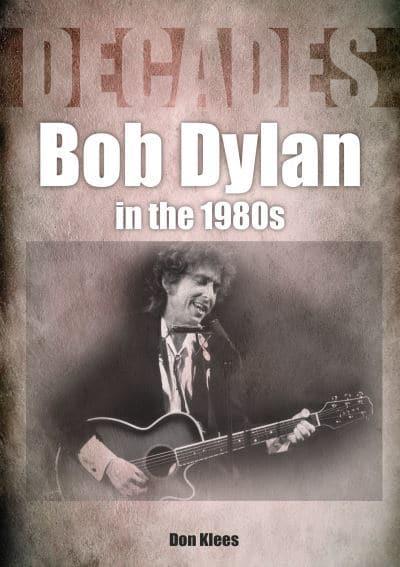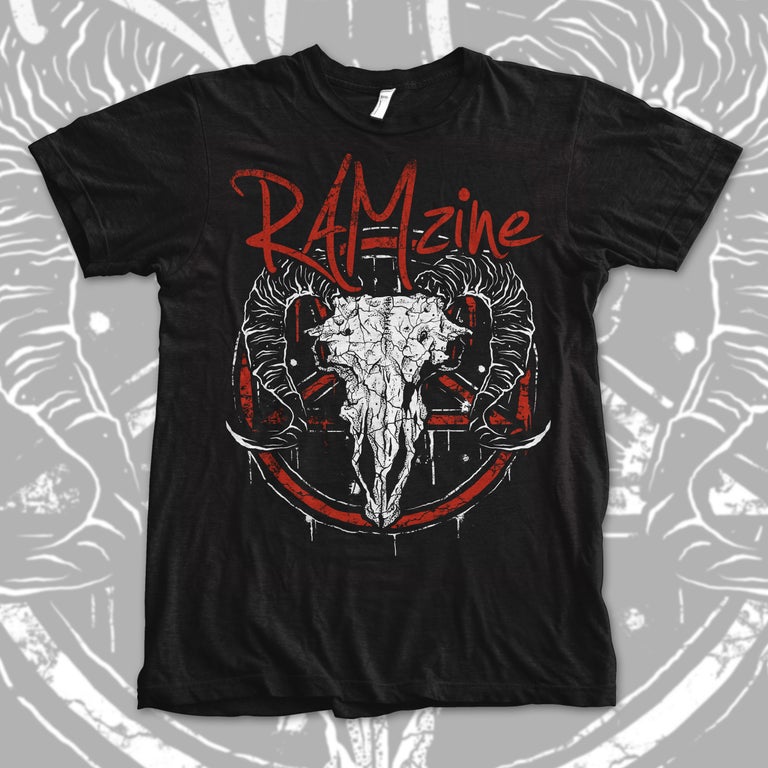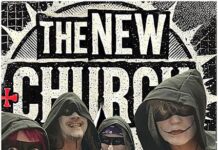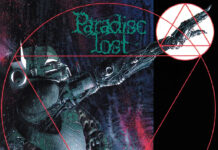In the 1980s Bob Dylan released ten albums, of which seven were studio recordings, two were ‘live’ albums and the other being 1985’s Biograph, a trawl through the back catalogue of his previous work. In a career spanning sixty years, which takes in being a Nobel Laureate and almost beatification as His Bobness, no other period in Dylan’s long career confounds and bewilders fans more than his run of albums throughout this decade.
When looking at the totality of Dylan’s creative output throughout this decade, it wouldn’t be unfair to say, as Don Klees suggests, the 1980s wasn’t exactly a golden period of creative peaks in the life and times of Robert Zimmerman. It’s a truism to suggest if Dylan’s new to you as an artist and you want to know more about his work, don’t start with any of his 1980’s albums because, during this period, his recorded work ranged from the sort-of well-regarded Infidels to the critically dismissed Down In The Groove. In Rolling Stone’s list of Bob Dylan’s greatest albums, only one, 1989’s Oh Mercy, was from the ’80s. Scattered across the decade were albums which were amongst the worst any artist of his stature ever recorded, lacklustre albums such as Knocked Out Loaded and Down In The Groove, both of which drew extremely critical, in some cases even vituperative, reviews from critics who at one time had championed his work. In between these two albums came his disastrous tour with The Grateful Dead, with the corresponding ‘live’ album which followed, “Dylan & The Dead,” (1989) being described as a “sad, disheartening document.”
1989’s Oh Mercy, though, was actually the beginning of Dylan’s creative renaissance which, in the 1990s, saw him releasing albums that went some way towards salvaging a reputation which had taken a critical mauling in the 1980s, though never again has he even come close to releasing an album in the class of 1975’s Blood On The Tracks.
But then, to be fair to His Bobness, he wasn’t the only member of rock’s then aristocracy to go through a creative nadir in the 1980s. The Stones, Van Morrison, Eric Clapton and even Neil Young all released albums during this decade that didn’t even come close to the standards set on their previous work. Neil was even sued by David Geffen for releasing uncommercial albums!! Like Dylan, however, 1990’s Ragged Glory saw Neil rediscovering his mojo again.
Dylan ended the seventies by having converted to evangelical Christianity, reflected in his last seventies album, World Gone Wrong. This was an interesting conversion, and not only religiously as, earlier in the sixties, but he’d also extolled people ‘don’t follow leaders.’ This was the first of three albums in what became known as his ‘religious period,’ making albums that focussed on matters spiritual. 1980’s Saved was one man’s journey towards finding faith and what it meant to him, and it was as near as he ever came to a follow-up album, but it was also the first Dylan album to miss the top 20 since 1964. The Christian album trilogy was completed by 1981’s Shot Of Love and by now, onstage, he was refusing to play any of his older, secular works, even taking to declaring ‘They said I was a prophet, but when I say Jesus is the answer, they say I’m not a prophet.’
Infidels (1983) saw Dylan’s return to more secular concerns and fared well commercially, reaching no:20, going gold in the US and described as his best work since 1975, though tracks like Jokerman still contained religious imagery. He even recorded a full-on love song with ‘Don’t Fall Apart On Me Tonight‘. Infidels didn’t fully restore Dylan’s reputation, though it did help him regain some lost ground – which his next series of albums would see him lose once again.
For many fans, these albums were Dylan’s 1980’s lowest point, his ultimate nadir, suggesting his muse had finally deserted him and he was just going through the motions. Empire Burlesque (1985) had a distinctly 1980’s aesthetic as Dylan attempted to sound contemporary, using drums with reverb, synths and an electronic feel, using a producer whose background was in Soul and Dance music. (He even joined younger artists singing on 1985’s ‘We Are The World.’) On this album, rather than a band, Dylan used a variety of musicians as required, helping produce an album with virtually no standout tracks, and hardly any featuring onstage. Even more, reviled were his next two albums; Knocked Out Loaded (1986) which was described as ‘a career killer, the absolute bottom of the Dylan barrel,’ and Down In The Groove (1988) which received a series of overwhelmingly hostile reviews, with Rolling Stone even describing it as ‘Bob Dylan’s worst album, the moment when Dylan’s career hit rock bottom.’ ‘
Yet amazingly, in 1989, Oh Mercy saw Dylan releasing an album heralded as his best since the mid-1970s, and hailed as a ‘triumph’ after his dire run in mid-decade, suggesting rock’s finest lyricist had rediscovered his penchant for words. This came at the same time when other ‘vintage’ acts were similarly rediscovering their muses, such as The Stones’ Steel Wheels and McCartney’s Flowers In The Dirt. Part of the reason for this was, in 1988, Dylan had been part of The Travelling Wilbury’s, a loose grouping of ‘superstars’ who came together to make an album. Playing with top-class performers like Tom Petty and George Harrison had helped Dylan ‘up’ his game.
As Klees stresses, though, it was a sign of just how revered Dylan was throughout a decade when he recorded some of his worst received albums, so many musicians, established artists like Clapton, Ron Wood and Ian McLagan, or up-and-coming, like Bono, all wanted to record with Dylan and/or play onstage with him. Despite some appalling albums, his cache never dropped, and it’s hard to think of any other artist who could have endured such a fallow, uncreative period and still end the decade with their star still shining brightly.
The new book Bob Dylan in the 80s by Don Klees (via Sonicbond Publishing) is available to order now.
About the Author: Don Klees literally watches TV for a living. When not basking in television’s glow, he enjoys debating the merits of theatre versus film with his wife, telling his kids about music from before they were born (including his first Bob Dylan concert in 1986) and writing about pop-culture in general. Don regularly contributes to Chromakey, CultureSonar, and We Are Cult as well as various anthologies, including the David Bowie themed Me and the Starman.






















